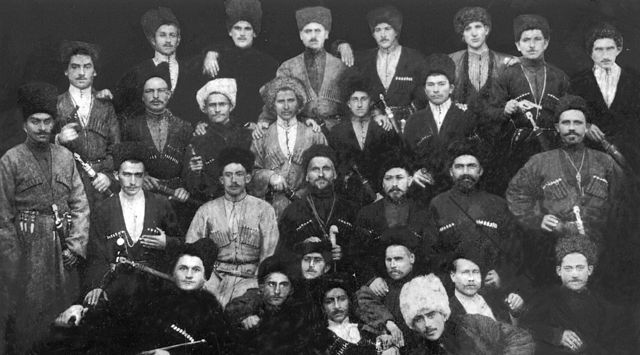The Alaunt is an extinct type of dog which came in different forms, with the original possibly having existed in North Caucasus, Central Asia and Europe from ancient times.
Detail of the altarpiece, Adoration of the Magi, from 1423 by the Italian painter Gentile da Fabriano
Persian Mastiff statue. National Museum of Iran.
Molossus dog. Terracotta statue. Boboli Gardens, Italy
Tomb of Pedro Afonso of Portugal, Count of Barcelos. The tomb has a wild boar hunting scene with dogs, possibly the extinct Portuguese Alaunt dog.
The Alans were an ancient and medieval Iranic nomadic pastoral people of the North Caucasus – generally regarded as part of the Sarmatians, and possibly related to the Massagetae. Modern historians have connected the Alans with the Central Asian Yancai of Chinese sources and with the Aorsi of Roman sources. Having migrated westwards and becoming dominant among the Sarmatians on the Pontic–Caspian steppe, the Alans are mentioned by Roman sources in the 1st century CE. At that time they had settled the region north of the Black Sea and frequently raided the Parthian Empire and the Caucasian provinces of the Roman Empire. From 215 to 250 CE the Goths broke their power on the Pontic Steppe.
The migrations of the Alans during the 4th–5th centuries CE, from their homeland in the North Caucasus
Ossetians
Orthodox church in North Ossetia-Alania







